Biological Evolution: Unity and Diversity

Educators and Parents, Sign Up for The Cheat Sheet
Weekly updates to help you use Science News Explores in the learning environment
Thank you for signing up!
There was a problem signing you up.
-
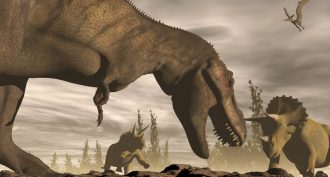 Fossils
FossilsHot-blooded dinos? Try lukewarm
New study finds these reptiles may have had an internal furnace that sort of resembled some sharks. It appeared to run neither hot nor cold.
-
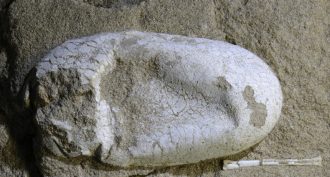 Fossils
FossilsThese prehistoric fliers likely nested together
Fossils in nest of newfound pterosaur species suggest these animals were part of a social network — and may even have lived communally.
-
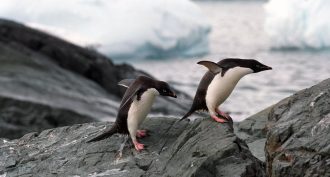 Animals
AnimalsEven penguins get the flu
Scientists have just identified ‘live’ bird flu virus in Antarctic penguins. But the infections may not be novel. There are some signs these germs have been infecting local wildlife for up to 80 years.
By Janet Raloff -
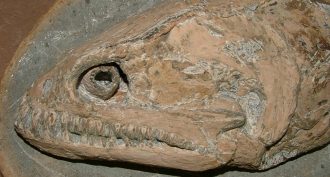 Animals
AnimalsSurprise! Fossils in a flash
By studying how dead tissues decay — or turn to ‘instant’ fossils — scientists are gleaning helpful clues to what ancient life looked like.
By Douglas Fox -
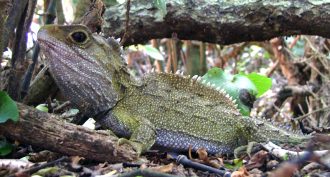 Animals
AnimalsWhen a species can’t stand the heat
When temperatures rise, New Zealand’s tuatara produce more males. With global warming, that could leave the ancient reptile species with too few females to avoid going extinct.
-
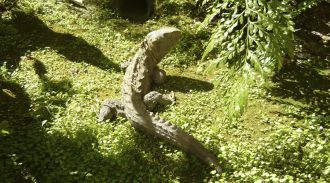 Animals
AnimalsExplainer: How invasive species ratted out the tuatara
The introduction of rats to New Zealand led to huge population losses of the ancient tuatara. These uncommon reptiles vanished from the mainland. This left isolated populations to survive on several dozen isolated islands.
-
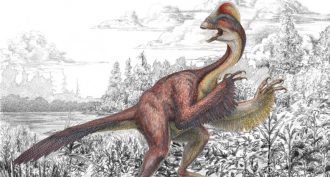 Fossils
FossilsScary ‘chicken’ roamed Earth with T. rex
Scientists have just pieced together evidence of a weird new dinosaur that sported sharp claws, feathers and a beak. And it just may have been one of the last dinos to roam Earth about 67 million years ago.
-
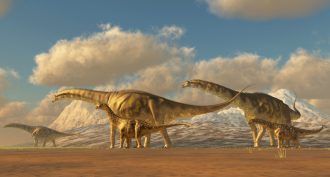 Fossils
FossilsReviving dinosaurs
With the help of computers, researchers are getting a pretty good idea of how these ancient creatures moved, walked and ate.
By Sid Perkins -
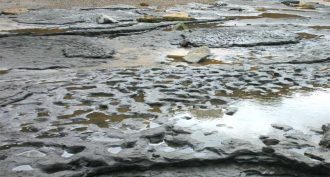 Archaeology
ArchaeologyAncient footprints surface in Britain
There are hints they could have been made by ancestors of Neandertals.
By Bruce Bower -
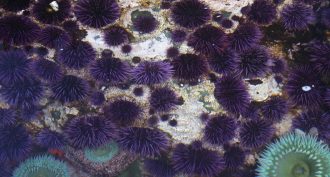 Life
LifeCaught in the act
Scientists observe some evolutionary speed demons as they adapt over the course of just a few years to new environmental conditions.
-
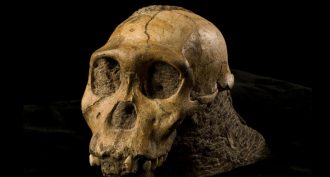 Fossils
FossilsWhere do humans come from?
Some scientists propose a newfound South African species as the most likely ancestor of the line that led to humans. But not everyone accepts that this is where it all began.
By Bruce Bower -
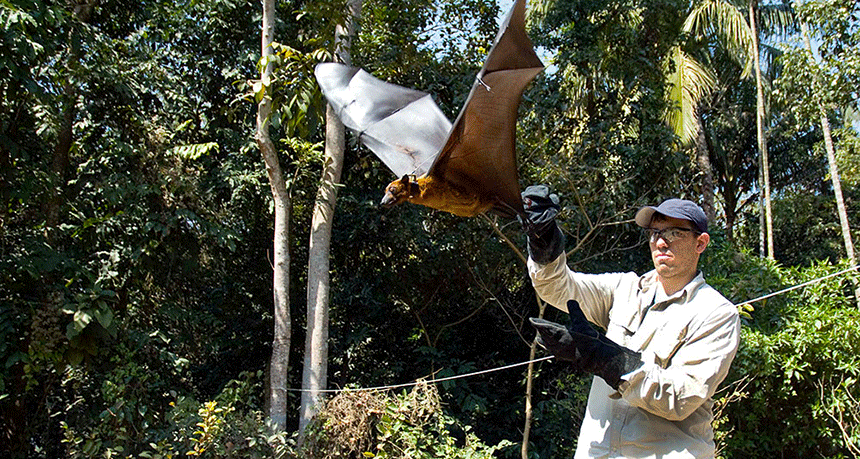 Animals
AnimalsInfectious animals
Critters spread many germs that can sicken each other — and even kill people.